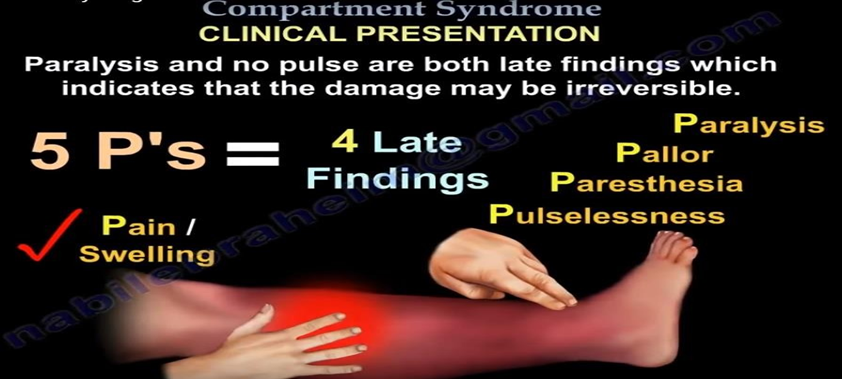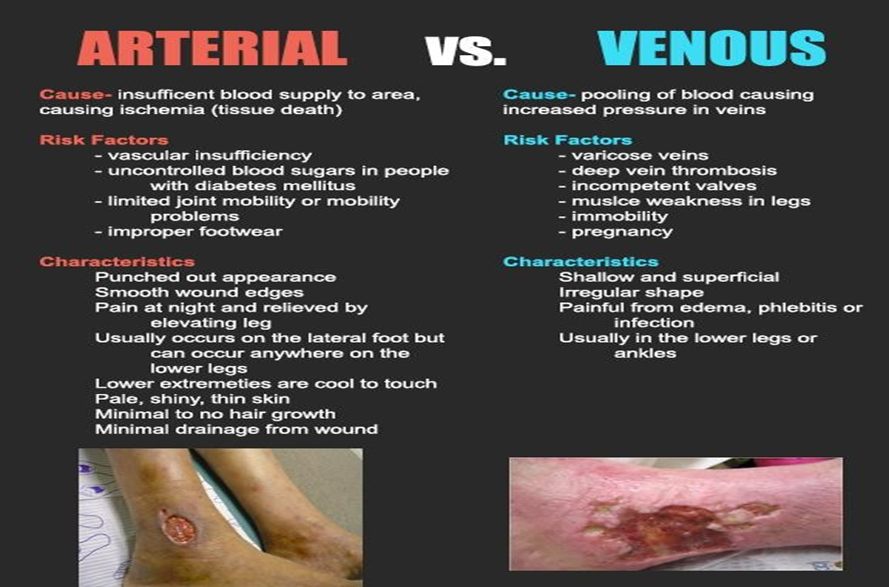A client with a right ulnar fracture and cast placement reports an increase in arm pain. Which action should the nurse take next?
Implement distraction techniques.
Assess right radial pulse volume.
Administer a PRN analgesic.
Measure the blood pressure.
The Correct Answer is B
B. An increase in pain after cast placement could indicate complications such as compartment syndrome, which is a serious condition that occurs when increased pressure within a confined space (such as the area within the cast) compromises circulation and tissue perfusion. Assessing the radial pulse volume on the affected arm is crucial to evaluate perfusion distal to the fracture site.
A. Distraction technique may help manage the client's pain but does not address the underlying cause of the pain increase, which could be related to compromised circulation.
C. Analgesics relieve pain but do not address the immediate limb threatening issue at hand.
D. Measuring blood pressure is not directly related to assessing circulation distal to the fracture site.

Nursing Test Bank
Naxlex Comprehensive Predictor Exams
Related Questions
Correct Answer is B
Explanation
B. Severe edema is a common finding in venous insufficiency and is often present in the lower extremities. Venous hypertension leads to fluid leakage from capillaries, resulting in edema, which contributes to the development of venous ulcers. Venous ulcers typically have irregular shapes with irregular wound margins and may appear shallow or superficial.
A. Absent pedal pulses suggest arterial insufficiency, as reduced blood flow compromises peripheral circulation. Shiny skin, known as "thinning of the skin," is a characteristic finding in arterial insufficiency due to chronic ischemia and tissue hypoxia.
C. Hair loss on the lower extremities is a common finding in arterial insufficiency due to decreased blood flow to the hair follicles.
D. Black ulcers (gangrene) are indicative of tissue necrosis resulting from severe arterial insufficiency and lack of oxygen supply to the tissues. Dependent rubor refers to redness of the lower extremities when the legs are in a dependent position.

Correct Answer is A
Explanation
A. One of the most common triggers is a distended bladder. When the bladder becomes full, it sends signals to the spinal cord, but due to the injury, these signals are unable to pass beyond the level of injury. This results in uncontrolled sympathetic activation, leading to symptoms such as hypertension, sweating, and headache.
B. Forehead diaphoresis, or sweating, is a potential symptom of autonomic dysreflexia. However, it is more of a consequence rather than a precipitating factor. It occurs as a result of sympathetic nervous system activation in response to the triggering stimulus.
C. Skeletal traction misalignment is not a common precipitating factor for autonomic dysreflexia. Autonomic dysreflexia is typically triggered by stimuli related to visceral or autonomic reflexes, such as bladder distention or bowel impaction, rather than mechanical issues like traction misalignment.
D. A severe pounding headache can occur as a symptom of autonomic dysreflexia, but it is not the primary precipitating factor. The headache is a result of the sudden increase in blood pressure that occurs during autonomic dysreflexia.
Whether you are a student looking to ace your exams or a practicing nurse seeking to enhance your expertise , our nursing education contents will empower you with the confidence and competence to make a difference in the lives of patients and become a respected leader in the healthcare field.
Visit Naxlex, invest in your future and unlock endless possibilities with our unparalleled nursing education contents today
Report Wrong Answer on the Current Question
Do you disagree with the answer? If yes, what is your expected answer? Explain.
Kindly be descriptive with the issue you are facing.
